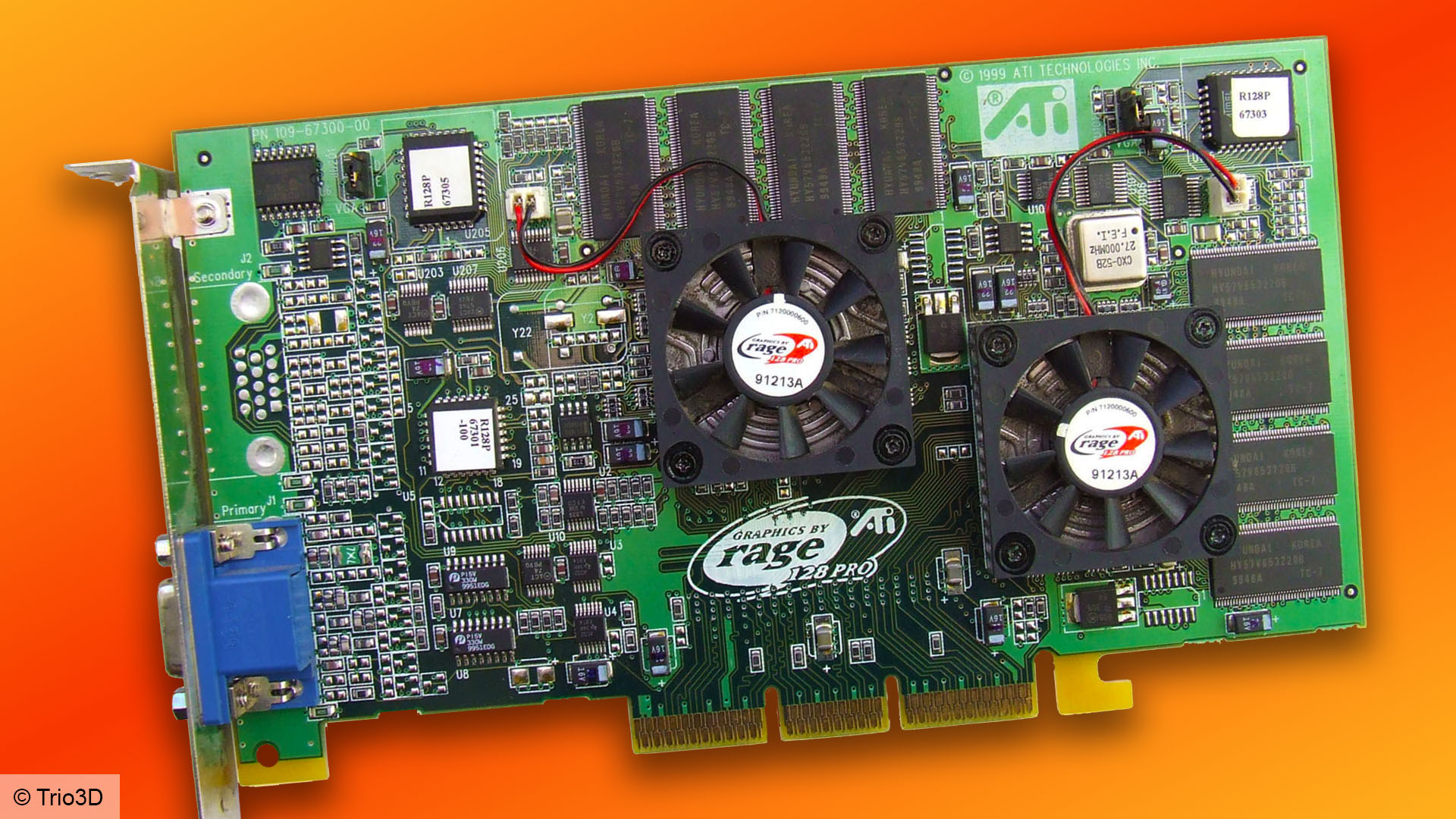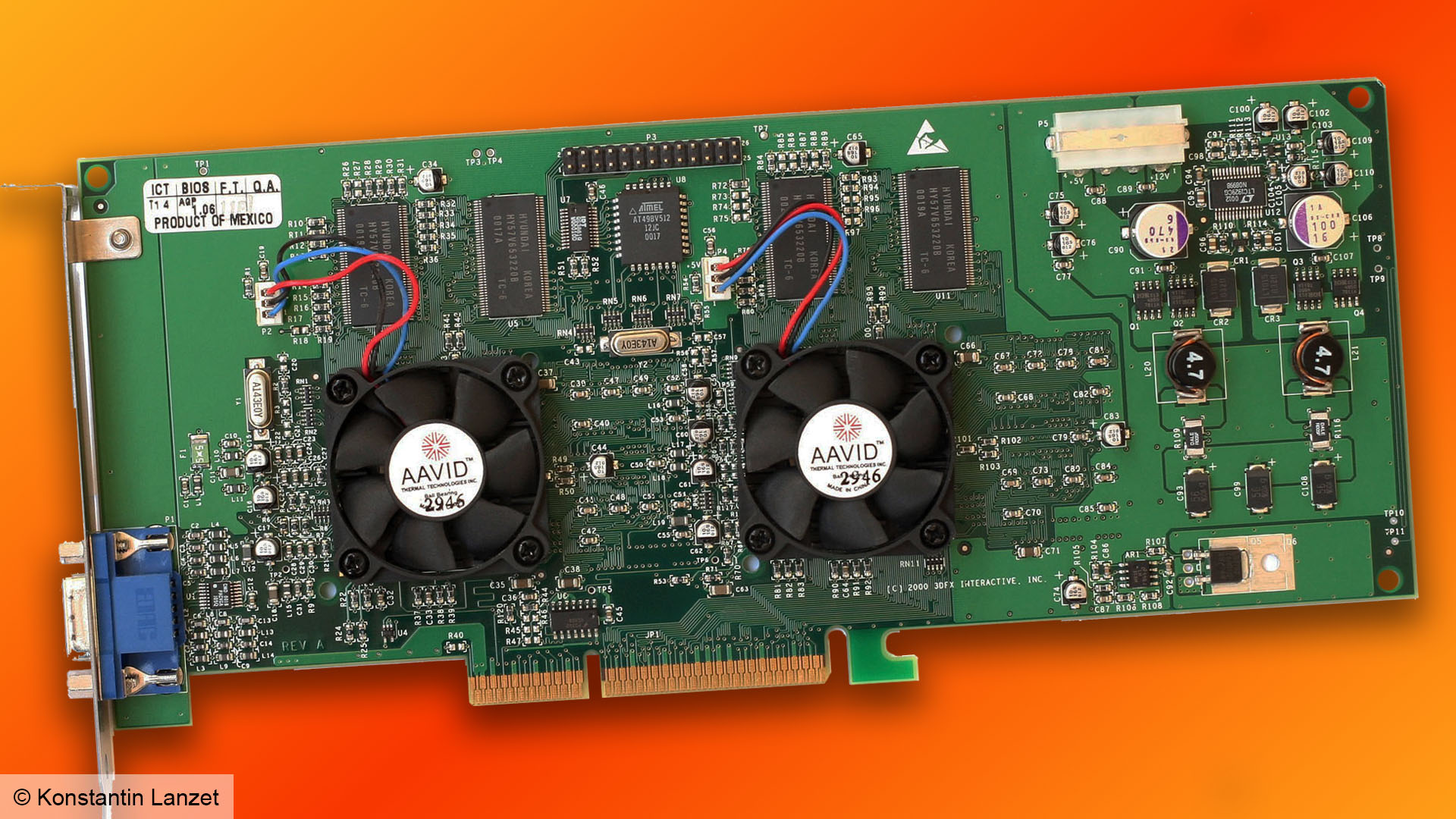It’s testomony to the Nvidia advertising and marketing workforce that one among its buzzwords has now slipped into frequent parlance. Not solely did the 1st-gen Nvidia GeForce 256 introduce us to its now well-known GeForce gaming graphics model, however it additionally introduced the time period ‘GPU’ to the gaming PC with it.
An initialism that we now use as shorthand for any PC graphics chip, and even the most effective graphics playing cards, began life on the PC as an Nvidia advertising and marketing slogan. To provide you an concept of how way back this was, I used to be launched to the time period “GPU” by a paper press launch the identical week I began my first tech journalism job in September 1999.
We didn’t get press releases through e-mail then – they had been bodily posted to us, and the editorial assistant sorted all of them right into a field for the workforce to peruse. “In an occasion that ushers in a brand new period of interactivity for the PC, Nvidia unveiled at the moment the GeForce 256, the world’s first graphics processing unit (GPU)”, it mentioned.
On the time, I believed it appeared pompous – how might this relative newcomer to the 3D graphics scene have the nerve to suppose it might change the language of PC graphics? However I now see that it was a bit of promoting genius. Not solely did “GPU” stick for many years to return, however it additionally meant Nvidia was the one firm with a PC GPU at this level.
GeForce 256 remodel and lighting
Nvidia’s first GPU did certainly deal with 3D graphics fairly in another way from its friends on the time, so it’s time for slightly historical past lesson. If we need to perceive what made the primary GeForce GPU so particular, we first have to check out 3D pipelines of the time.
It was October 1999, and the primary 3D accelerators had solely been doing the rounds for a number of years. Up till the mid-Nineties, 3D video games akin to Doom and later Quake had been rendered totally in software program by the CPU, with the latter being one of many first video games to require a floating level unit.
If you wish to show a 3D mannequin, it has to undergo the graphics pipeline, which at this stage was all dealt with by the CPU. The primary stage is the geometry, the place the CPU works out the positioning (the place polygons and vertices sit in relation to the digital camera) and lighting (how polygons will look underneath the lighting within the scene). The previous includes mathematical transformations, and is often known as “remodel” with the 2 processes collectively known as “remodel and lighting” or T&L for brief.
As soon as the geometry is nailed, the following step is to fill within the areas between the vertices, which is known as rasterization, and pixel processing operations, akin to depth evaluate and texture look-up. That is, in fact, a large oversimplification of the 3D graphics pipeline of the time, however it provides you an concept. We began with the CPU dealing with the entire graphics pipeline from begin to end, which resulted in low-resolution, chunky graphics and poor efficiency.
We then had the primary 3D accelerators, such because the 3dfx Voodoo and VideoLogic PowerVR playing cards, which dealt with the final levels of the pipeline (rasterization and pixel processing), and massively improved the best way video games seemed and carried out, whereas additionally ushering within the huge use of triangles reasonably than polygons for 3D rendering.
With the CPU now not having to deal with all these operations, and devoted {hardware} doing the job, you possibly can render 3D video games at larger resolutions with extra element and sooner body charges. At this level, the CPU was nonetheless doing a good quantity of labor although. In case you wished to play 3D video games, you continue to wanted a good CPU.
Nvidia aimed to alter this case with its first ‘GPU’, which might course of the complete 3D graphics pipeline, together with the preliminary geometry levels for remodel and lighting, in {hardware}. The CPU’s solely job then was to work out what must be rendered and the place it goes.

GeForce 256 vs 3dfx Voodoo 3
As with every new graphics tech, in fact, the business didn’t immediately transfer towards Nvidia’s {hardware} T&L mannequin. At this level, the one actual solution to see it in motion in DirectX 7 was to run the helicopter take a look at at first of 3DMark2000, though some video games utilizing OpenGL 1.2 additionally supported it.
The latter included Quake III Area, however the undemanding nature of this sport meant it virtually ran simply as nicely with software program T&L. DirectX 7 additionally didn’t require hardware-accelerated T&L to run – you possibly can nonetheless run DirectX 7 video games utilizing software program T&L calculated by the CPU, it simply wasn’t as fast.
The GeForce was nonetheless a formidable graphics chip whether or not you had been utilizing {hardware} T&L or not although. Not like the 3dfx Voodoo 3, it might render in 32-bit shade in addition to 16-bit (as might Nvidia’s Riva TNT2 earlier than it), it had 32MB of reminiscence in comparison with the extra regular 16MB, and it additionally outperformed its rivals in most sport exams by a considerable margin.
The response from ATi (now AMD) on the time was a brute-force method, placing two of its Rage 128 Professional chips onto one PCB to make the Rage Fury Maxx, utilizing alternate body rendering (every graphics chip dealt with alternate frames in sequence – word how I’m not utilizing the time period ‘GPU’ right here!) to hurry up efficiency. I examined it shortly after the discharge of the GeForce 256 and it might certainly sustain.

The GPU wins
The Rage Fury Maxx’s limelight was reduce shortly afterward, although, when Nvidia launched the DDR model of the GeForce in December 1999, which swapped the SDRAM used on the unique GeForce 256 with high-speed DDR reminiscence. At that time, Nvidia had gained the efficiency battle – nothing else might compete.
It additionally took some time for everybody else to catch up, and at this level, numerous individuals within the business had been nonetheless swearing that the ever-increasing pace of CPUs (we’d simply handed the 1GHz barrier) meant that software program T&L can be effective – we might simply keep on with {a partially} accelerated 3D pipeline.
When 3dfx was constructing as much as the launch of the Voodoo 5 in 2000, I bear in mind it having an FAQ on the web site. Requested whether or not the Voodoo 5 would have software program T&L assist, 3dfx mentioned, “Voodoo4 and Voodoo5 have software program T&L assist.” It’s not intentionally dishonest, however each 3D graphics card might assist software program T&L right now – it was carried out by the CPU – it seemed as if the reply was there to sneakily counsel characteristic parity with the GeForce 256.
Actually, the one different graphics agency to give you a good competitor in an affordable time was ATi, which launched the primary Radeon half a yr later, full with {hardware} T&L assist. In the meantime, the 3dfx Voodoo and VideoLogic PowerVR traces by no means managed to get {hardware} T&L assist on the PC desktop, with the Voodoo 5 and Kyro II chips nonetheless operating T&L in software program.
However 3dfx was nonetheless taking a brute-force method – chaining VSA-100 chips collectively in SLI configuration on its forthcoming 3dfx Voodoo 5 vary. The Voodoo 5 5500 lastly got here out in the summertime of 2000, with two chips, sluggish SDRAM reminiscence, and no T&L {hardware}. It might sustain with the unique GeForce in some exams, however by that point Nvidia had already refined its DirectX 7 {hardware} additional and launched the GeForce 2 GTS.
By the top of the yr, and following a collection of authorized battles, 3dfx went bust, and its property had been purchased up by Nvidia. GeForce, and the idea of the GPU, had gained.
We hope you’ve loved this private retrospective concerning the very first Nvidia GeForce GPU. For extra articles concerning the PC’s classic historical past, try our PC retro tech web page, in addition to our information on the right way to construct a retro gaming PC, the place we take you thru all of the {hardware} you want.

